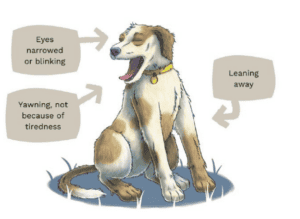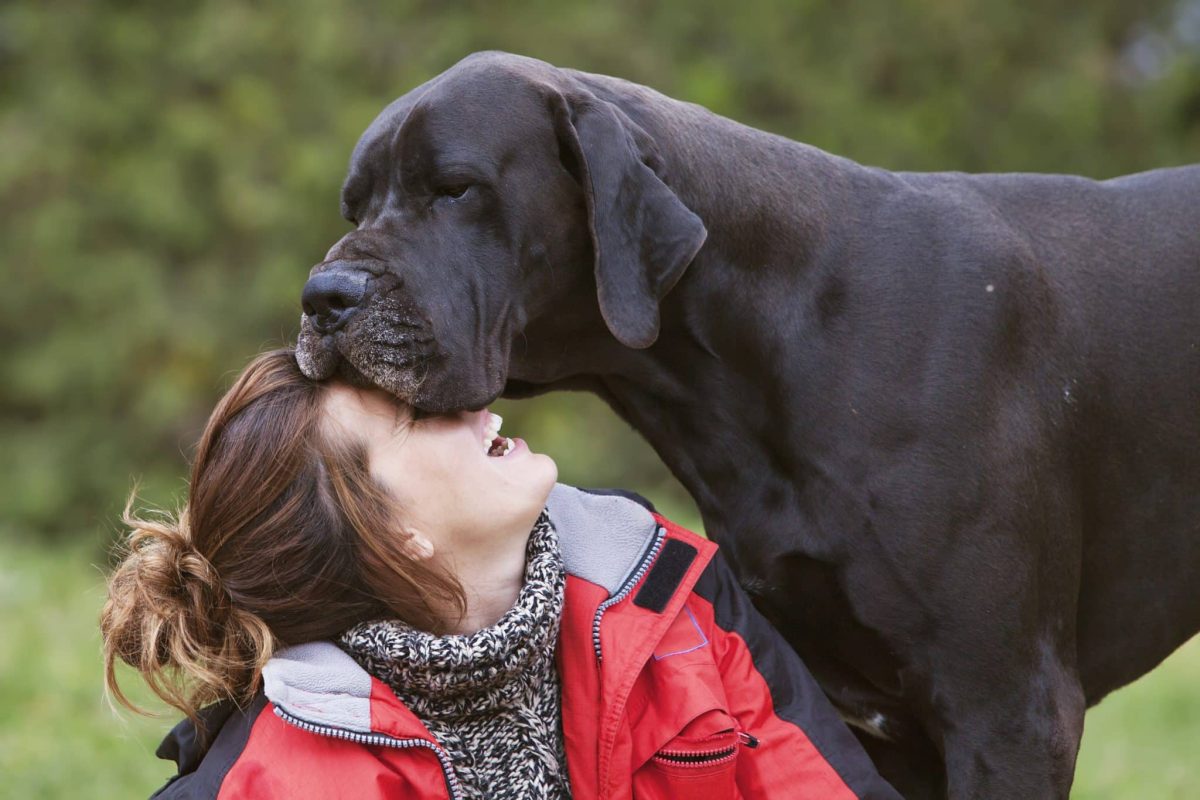“My dog has never enjoyed being left alone and has had a tendency to whine and make a fuss when I leave the house, but over the last year, her anxiety seems to have become unmanageable for her. I often come home to find that she’s destroyed some thing, chewed a cushion or shoes to pieces. I get an almost hysterical welcome when I come in. She doesn’t have to be left a lot, because I work at home, so my absences tend to be for two or three hours in the evening. Can I make things easier for her and why has this anxiety arisen?”
Separation anxiety is common and there is a range of theories as to its underlying cause. Some behavioralists believe that it’s a sign that a dog aspires to be the leader of your pack and finds the fact that she has no control over your movements when you go out…difficult. The rationale goes that the dog becomes anxious because she doesn’t even know where her human is, much less being able to manage him or her. Others think it is just that a dog finds it lonely and boring to be without any company. How easy it is to ease a pet’s anxiety depends on their personality. And remember–they are PACK animals, and by nature were meant to have company (so a second pet can make this reverse immediately for many) There are various things that you can try, although this is a problem that sometimes calls for professional help…
First of all, don’t reinforce the anxiety by making reassuring noises to your dog before you go out and making a fuss over her when you come back in. This is a golden rule.
This is more likely to strengthen your pets conviction that there’s something to worry about when you go out. And thus, actually causes stress (“Oh no, its her scary voice, “going out” must be Bad!”) See how that goes??? Whenever they hear your sound of your voice when you leave, they will immediately become anxious, knowing that you’re leaving–or sense the difference in sound an be worried. I consciously walk in and out of the house and the garage all the time with my dogs so that they never worry. They just know I’m somewhere around and I’m gonna come back but that’s just me. (Donna)
Whenever you go out, go calmly. Leave your dog with something interesting to do… If he calms down a little, he’ll prefer to be kept busy by trying to get some liver out of a toy, for example, rather than tearing up a cushion. When you return, greet your dog quietly and ignore any hysterical displays, which, by the way, encourage peeing, which is why I don’t encourage this kind of greeting at all. If possible, redirect her to some obedience exercises, which encourages her or him to concentrate. Also don’t forget the use of a “crate” when you leave for very short periods of time if you’ve used it correctly–meaning, they feel CALM in there, seek it out, and LIKE their crate (or “artificial den”) We sometimes forget to use the unique canine instints God gave them while training and communicating! I don’t recommend crating for more than 2-3 hours (depending on the size of your dog and how large its bladdar is) See crate training HERE.
I actually “train” my litters to not “react” to me going in and out of the room. I do it so much that my absense or presense does not “rattle” them and break my ear drums! I come and go and come and go, and they just get use to being confident I’ll be back, and they’ll be OK until I do.
Some trainers suggest that the owners of anxious dogs diffuse their expectations by burying the routine of going out and in like I was mentioning. In this technique, you go out for a minute, only then come back in again. Or you put your coat on, but then you don’t go out. The thinking behind this is that your dog gets confused about whether you’re going that triggers for their anxiety… You’re breaking the rules, or mixing it up, and they cannot keep it at a peak, so start to let go of it. You’re also mixing up the AMOUNTS of time.
Anxiety isn’t limited to mammals or even comparatively complex animals. Research into very simple organisms have shown that they can suffer too. And one study of sea snails finds that they learn to anticipate tiny regular shocks, and experienced a chemical reaction in anticipation of them. They were calmed only after a lengthy period during which they were allowed to gaze on, seaweed undisturbed.”























 English (US) ·
English (US) ·